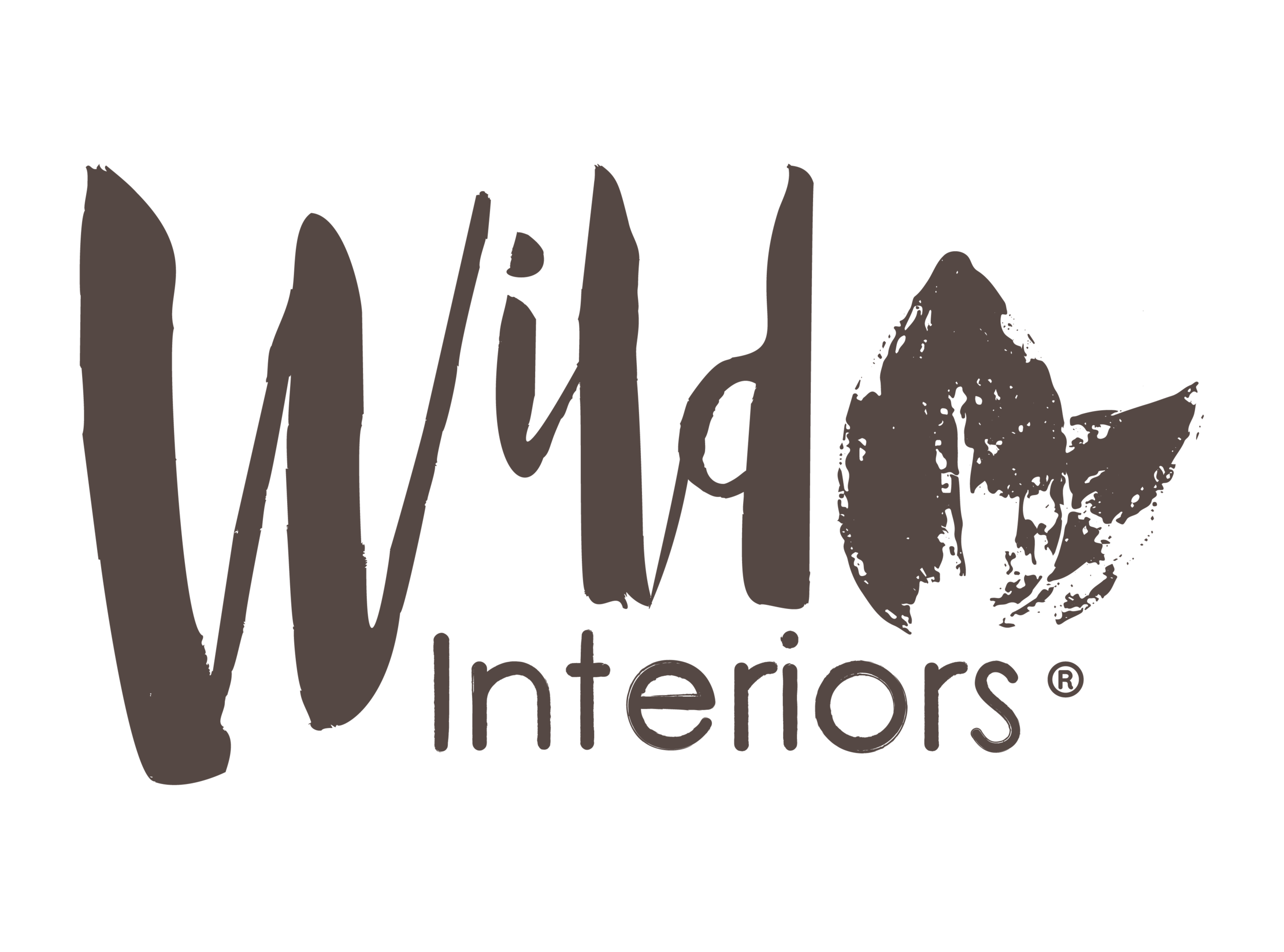Q&A: Get to know your plant grower
We often get questions from you about where your plants come from and how they grow. We thought it made sense to go right to the source and get you some helpful and informative answers to your most popular questions. We caught up with Brad Melzer, professional horticulturist and agroecologist for Wild Interiors, who has been growing plants for several years! Keep reading to find out more about our plants, our greenhouses and some helpful plant tips.
Q: How did you start working in plants and how did you end up with Wild Interiors?
A: I moved to Oberlin, Ohio, to manage the George Jones Memorial Farm and Nature Preserve ... and to teach Environmental Studies at Oberlin College. When that position ended (although I still teach an agroecology course for Oberlin College), it made sense to come work for one of the largest greenhouses in the U.S. right in the same town. Before Oberlin, I taught biology/sustainability for Baldwin Wallace University in Berea, did a stint with Ohio State University Extension’s Community Gardening Program, [worked for] Davey Tree, and [did] some other environmental work. What got me started in horticulture was working under a botanist in a research greenhouse that housed an ecological water treatment system called a Living Machine (aka “Eco Machine”) – look them up, they are really interesting!
Q: What are your favorite plants?
A: First, my favorite plant that I grow is the Bromeliad ‘Splenriet’ – its leaves are tiger-striped and just gorgeous. The other is Passionflower (Passiflora cerulea), which is strange, delicate, elegant, and beautiful. Plus, they are a climber that produces a delicious fruit.
Q: What’s your favorite part of your job?
A: Plants are endlessly fascinating. Not only do they bring us joy and create a healthy home environment, but they also provide us with food, medicine, building materials, and are often the foundation of the ecosystems that support conditions for us to live on this beautiful planet. Yay oxygen!
Q: To what extent does sustainability play a role in your job and at Green Circle?
A: I’m lucky to be growing in four brand new, state-of-the-art greenhouses currently. Our greenhouses and computer control systems can create a near-optimal environment for our crops. It’s how we grow such beautiful plants for people! Plus, our greenhouses are very complex with many components from vents to lights to heat to humidity to added CO2, it sometimes boggles the mind but keeps the work fascinating as conditions change.
[We are] industry leaders in sustainability, and I’m very proud of this. We are certified by an international, industry-standard certification company called MPS. We currently have an “A” rating with them. The main ways that we receive this rating are through decreasing our use of chemical pesticides and increasing our use of biologicals (good bugs to eat the bad bugs), collecting the rainwater from all of our roofs, then storing it in ponds and tanks and recycling it where we can. We also create heat by burning biomass (woodchips) that we acquire from tree service companies.
Q: How can the greenhouse industry do more to be sustainable?
Sustainability is so very important in this day and age as it becomes our roadmap to a livable future in the face of worsening climate change effects and social upheaval. Even with our “A” sustainability rating, we can do more, and we should. But even as this can feel daunting, it can also be very exciting. New technologies such as AI, computer control systems, and the like are only getting more sophisticated and powerful and can be utilized to increase our bottom line while helping our systems be easier on the environment. One of the big topics in sustainability these days is “zero waste” or creating a circular economy. This is actually doable, and companies around the world have already gotten there. I would also love to see us compost our waste biomass and create a compost product. And with all of our amazing water systems, why not grow more water plants and even fish, which will help to “close our loops” as the lingo goes.
Q: What’s the process of growing a plant before it leaves the greenhouse?
A: It varies a bit because we grow such a wide range of plants. For example, I grow in 7-inch and 8-inch pots. These come in as tissue culture “starts,” which are planted into trays and stay there for a couple months. The plugs are then planted into 5-inch pots and spaced on tables as they get larger, which might be five or six months. Then they get planted again into the pots I get to finish them off in, in a few months. But a shorter answer might be on average about a year or less.”
Q: What are some of your top plant tips?
A: Pay attention. Plants are living things that require some care to thrive. Most problems come from not [having] enough or too much water. Stress on the plant then opens up the possibilities for pests and disease. Keep an eye on your plants and they will let you know when something is wrong by wilting or “liming out” or getting brown and crispy. Don’t forget to feed them and make sure they are getting enough sunlight and good temperature conditions. There are a lot of great websites and videos these days that can answer most questions.
Hopefully you learned something new from Brad’s great advice and massive amount of plant expertise. If you have more questions that Brad didn’t answer here, please share them!

